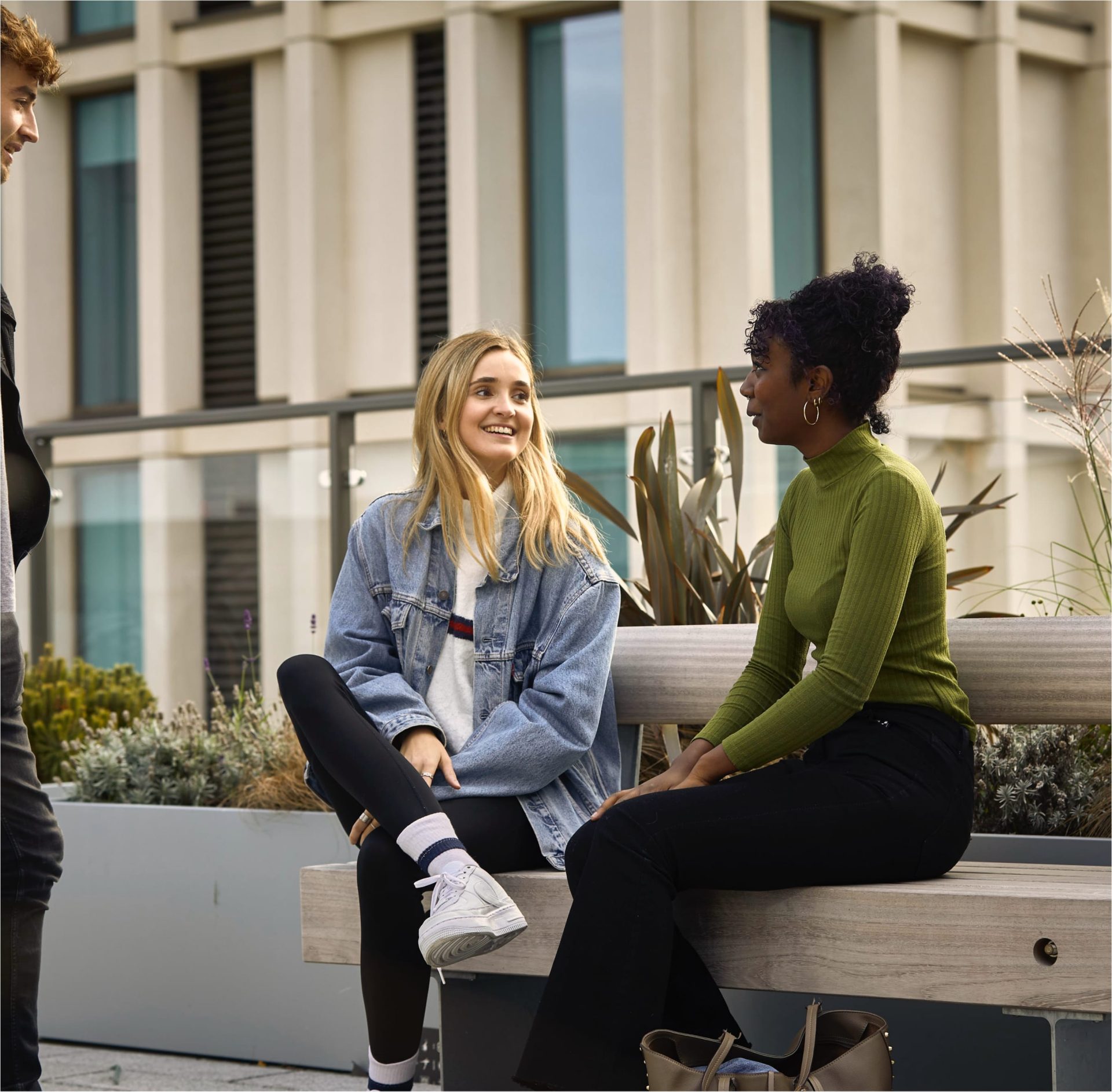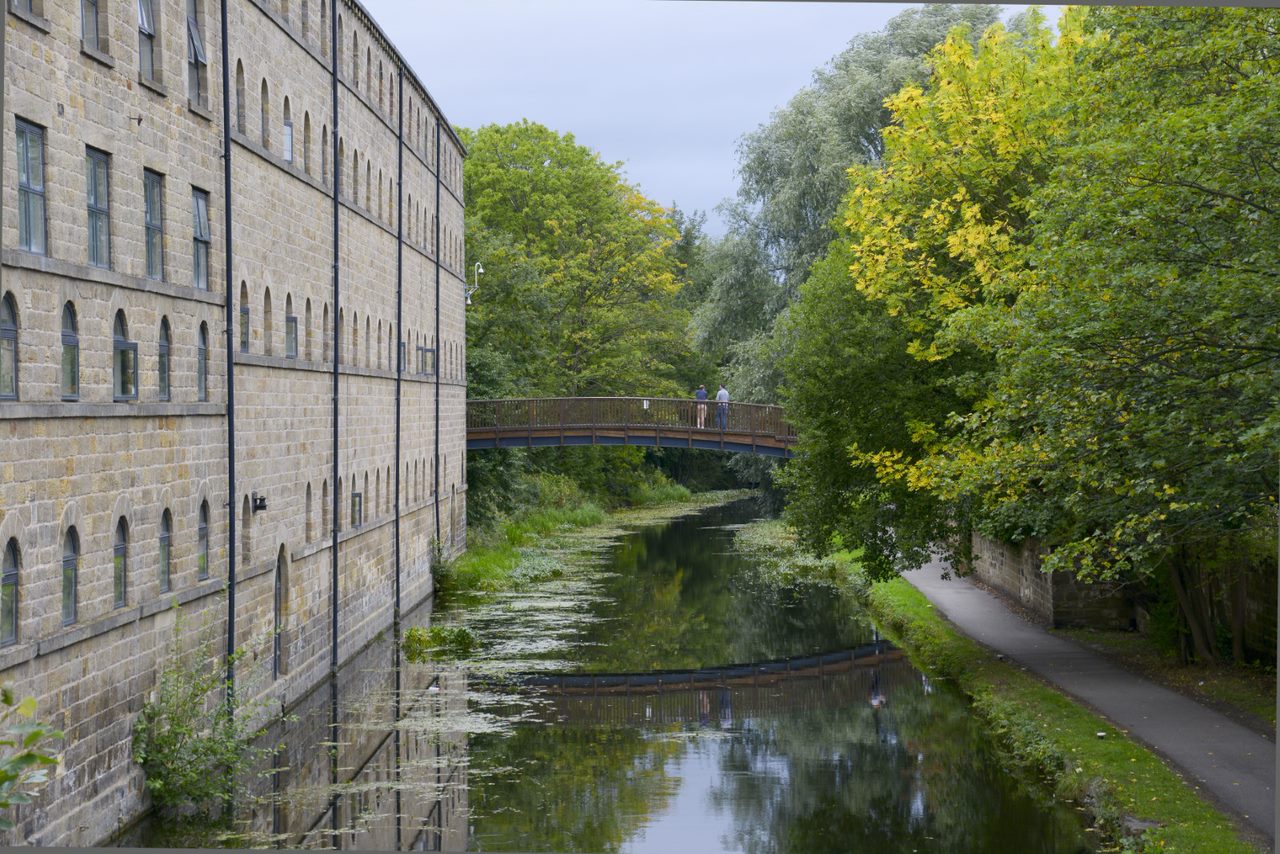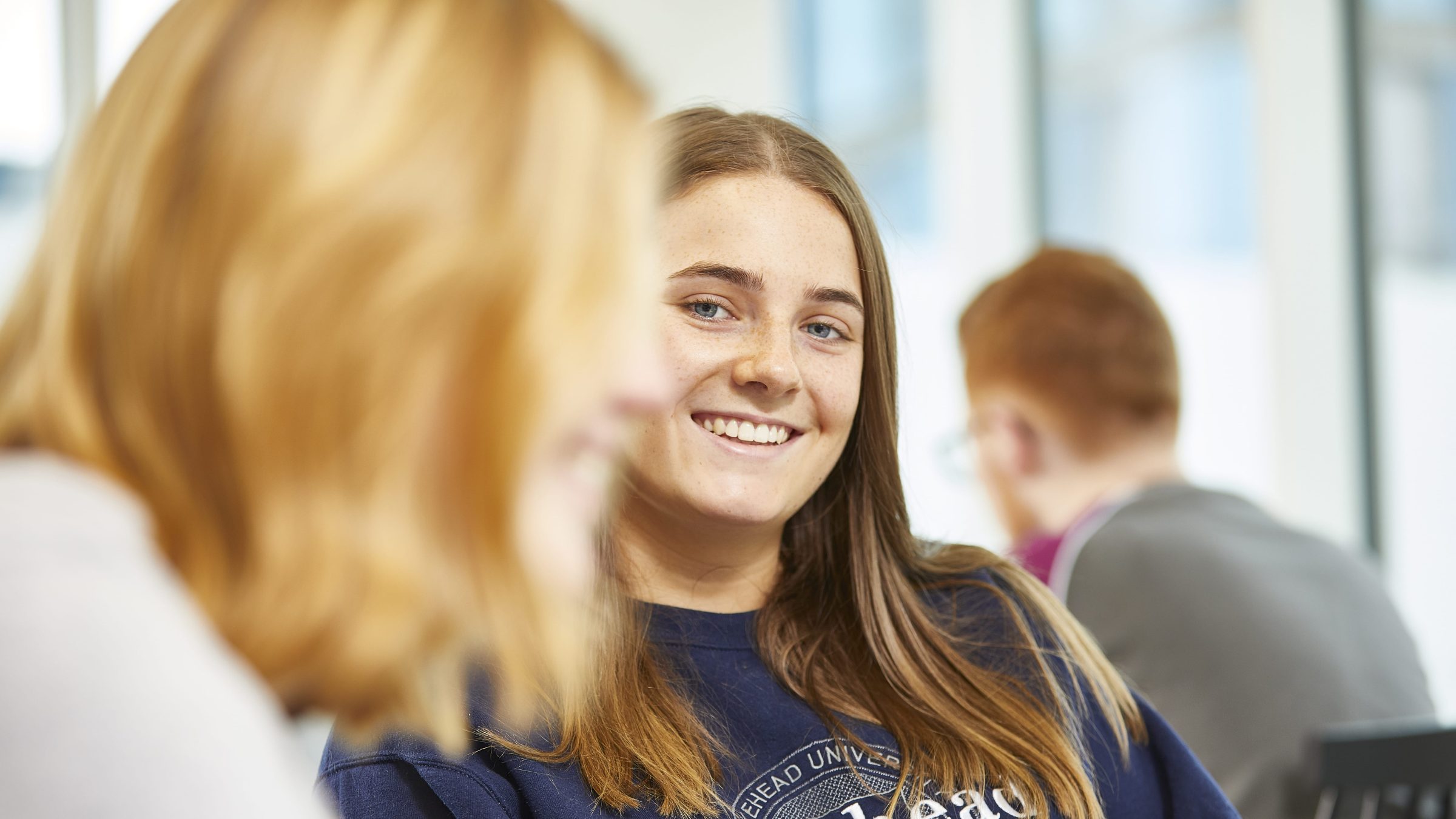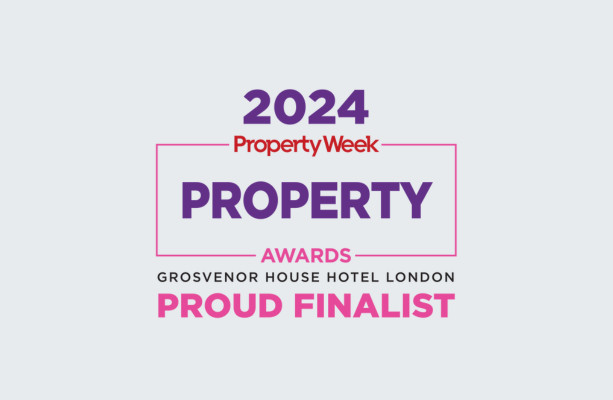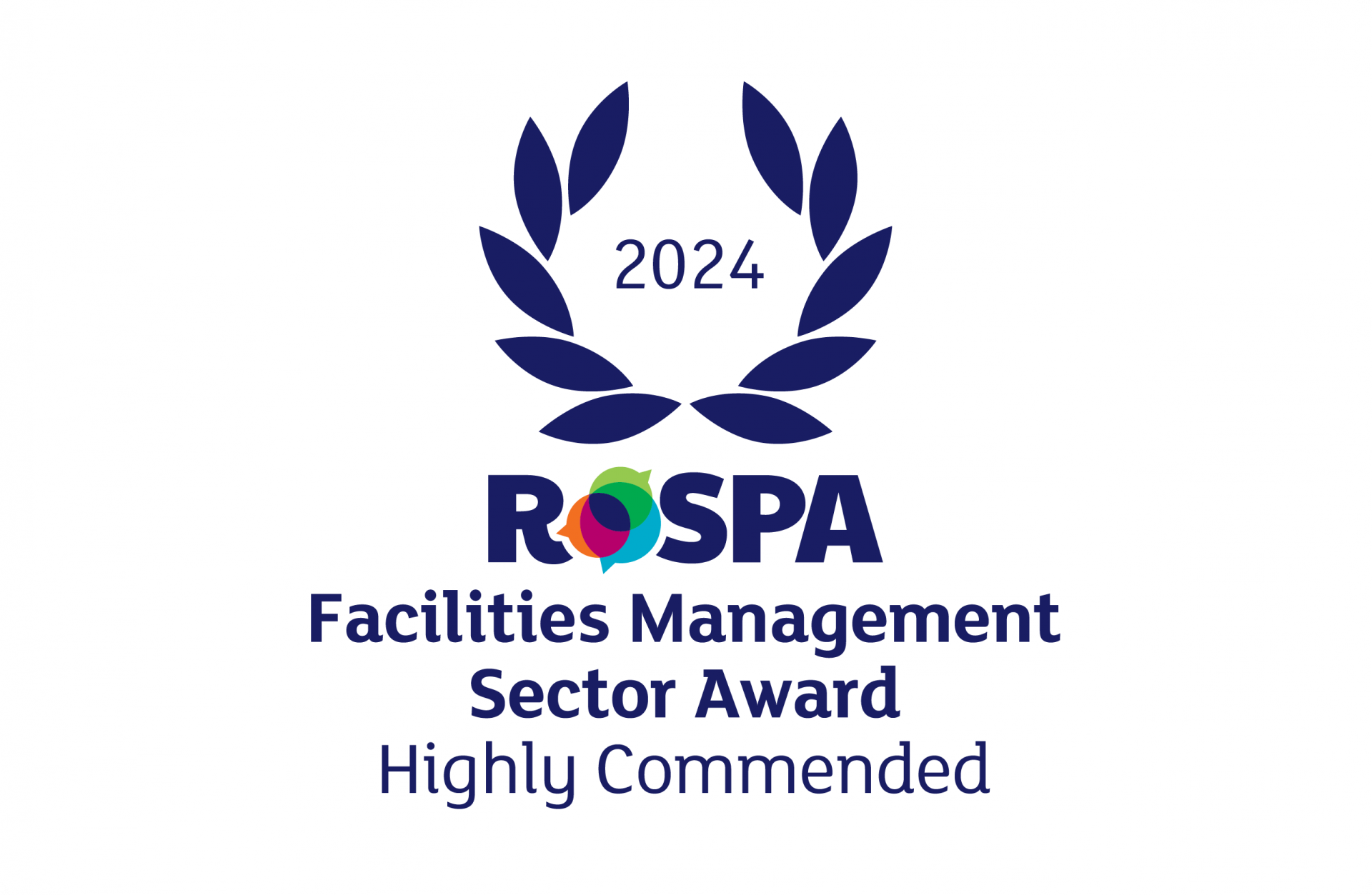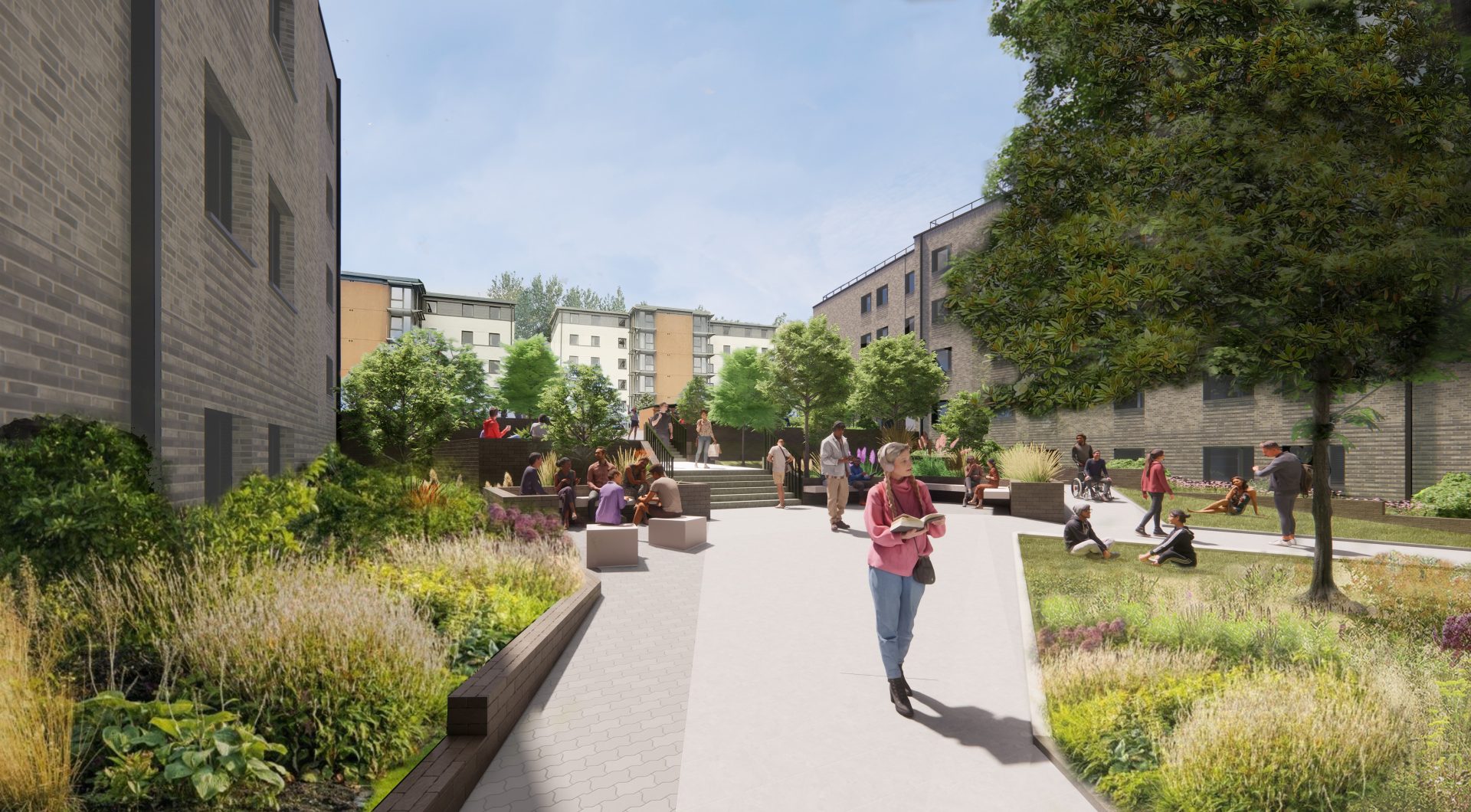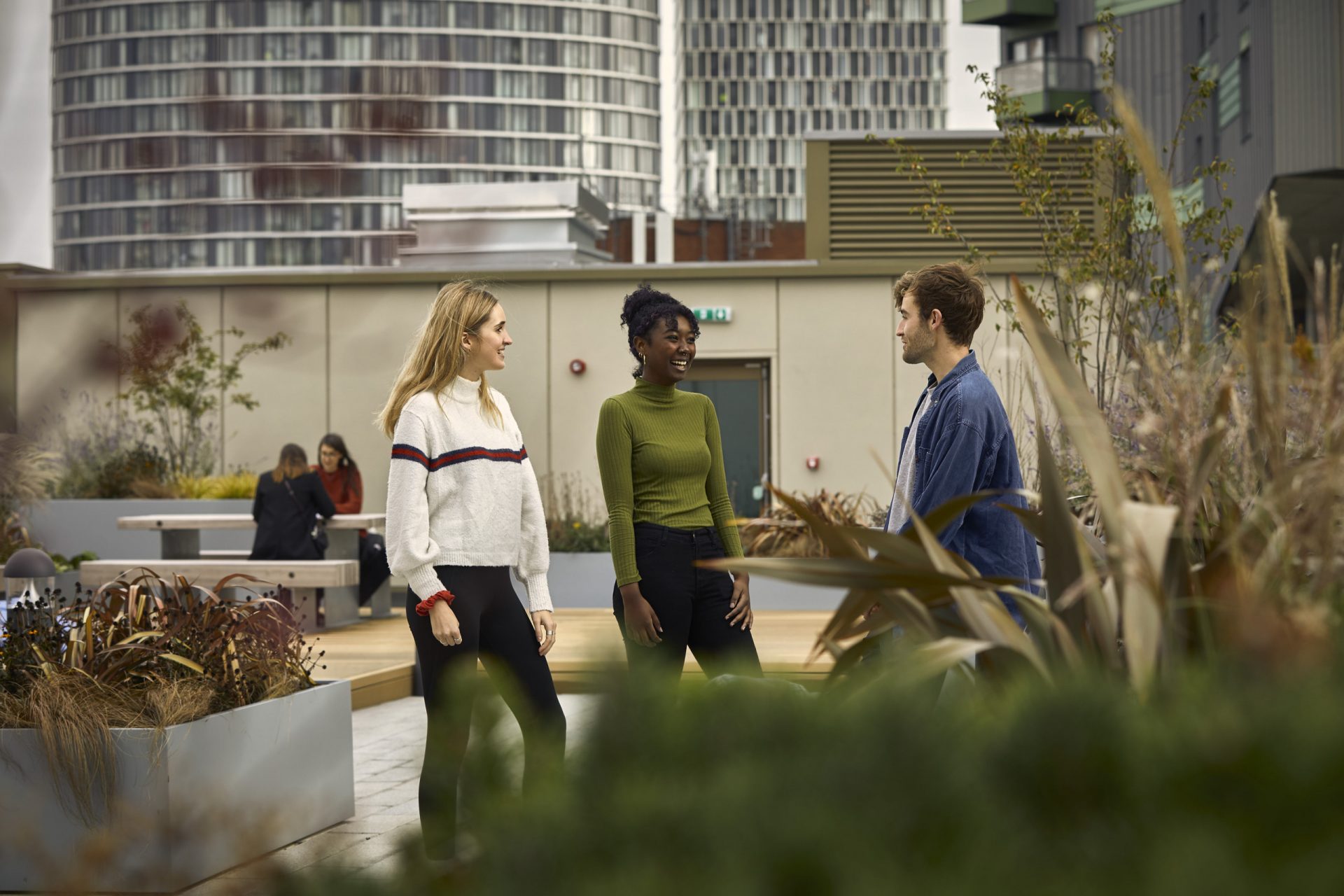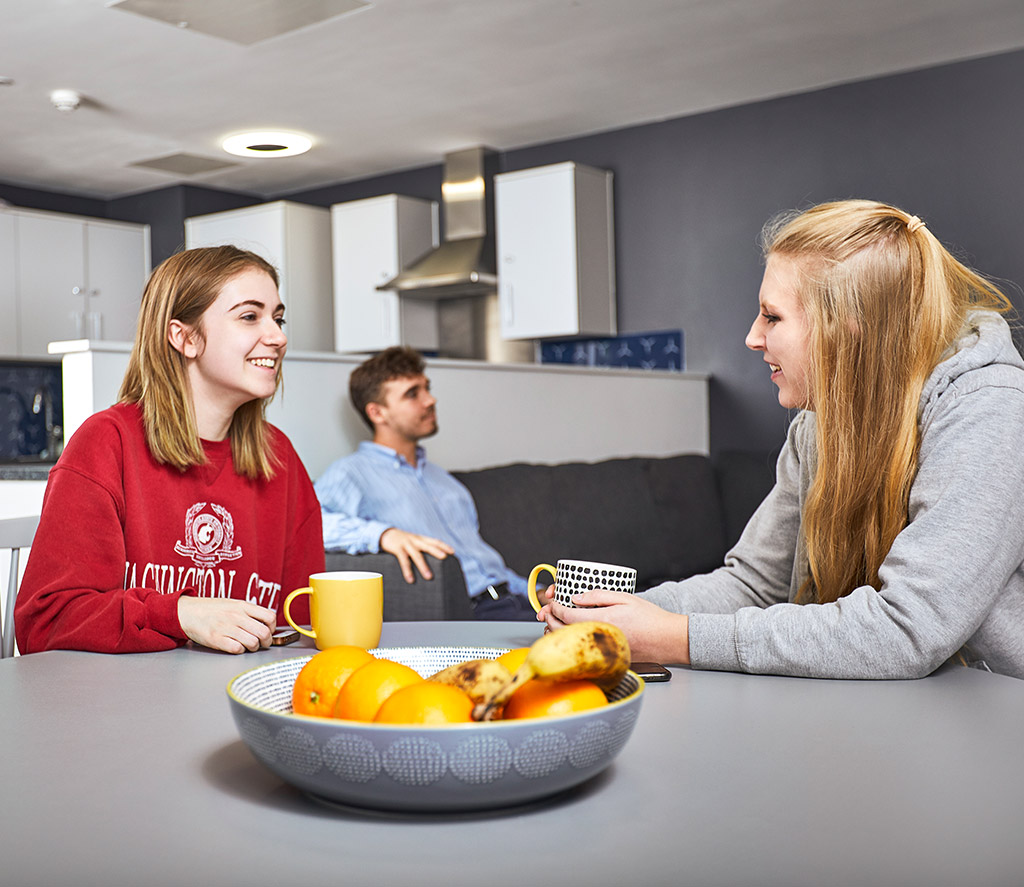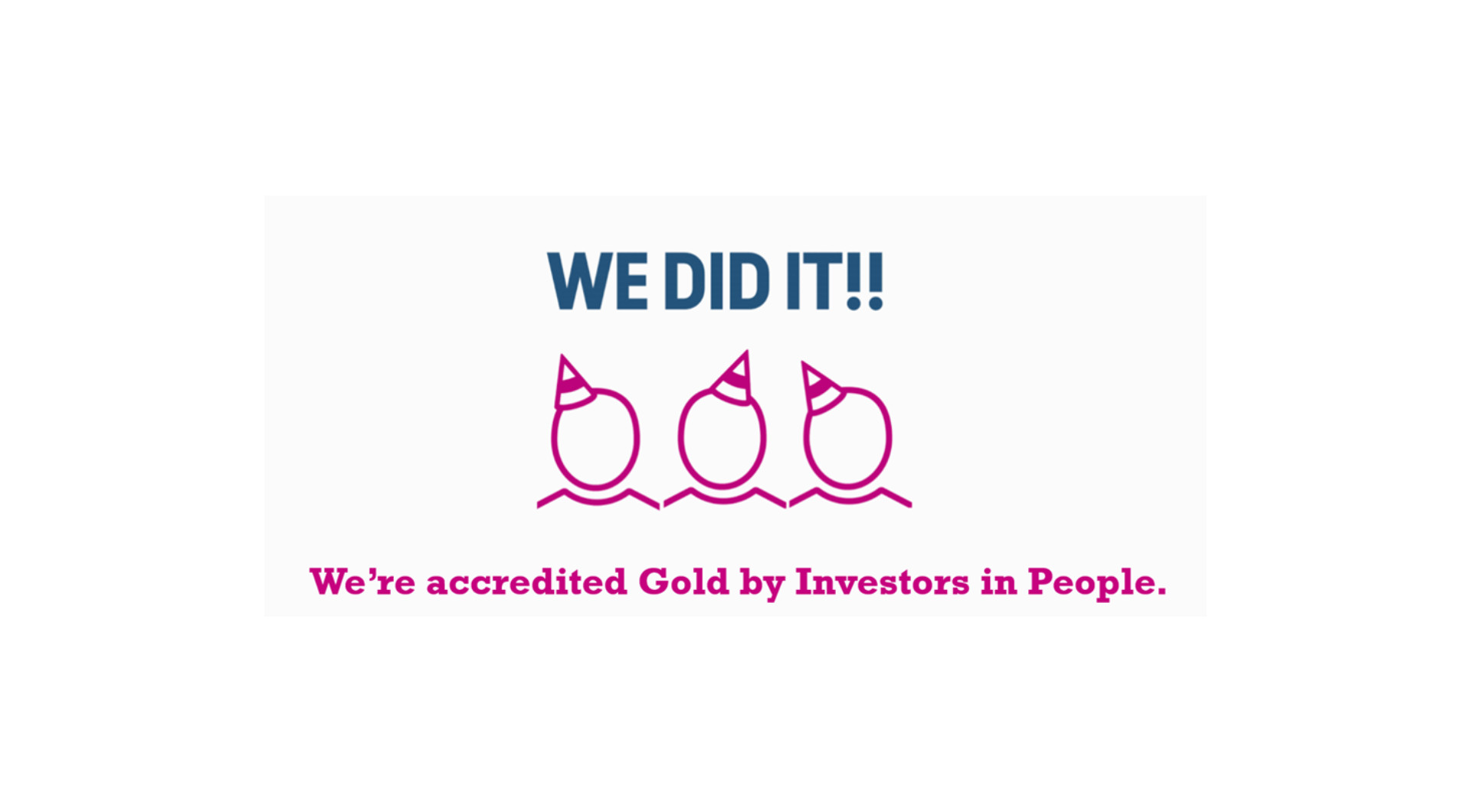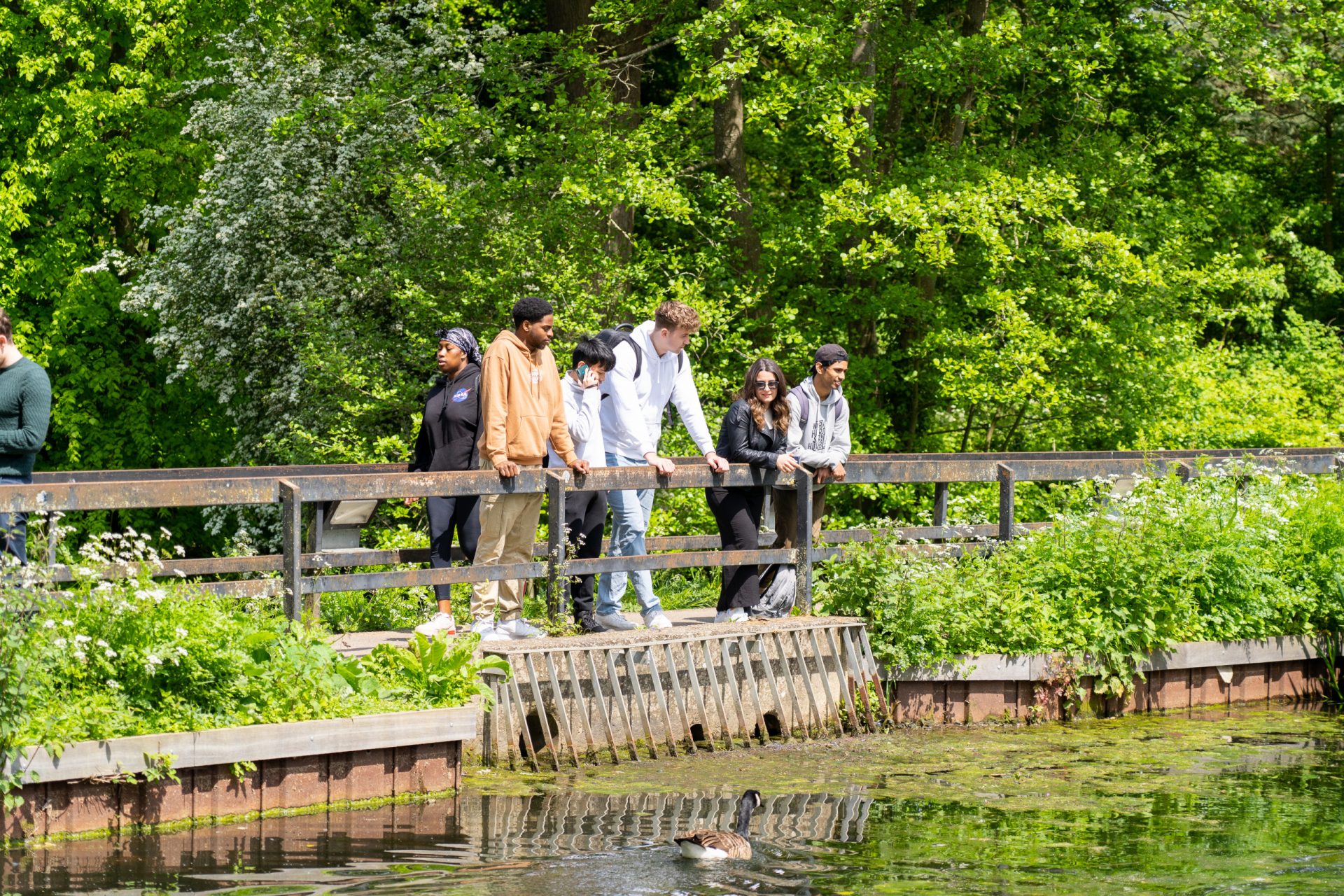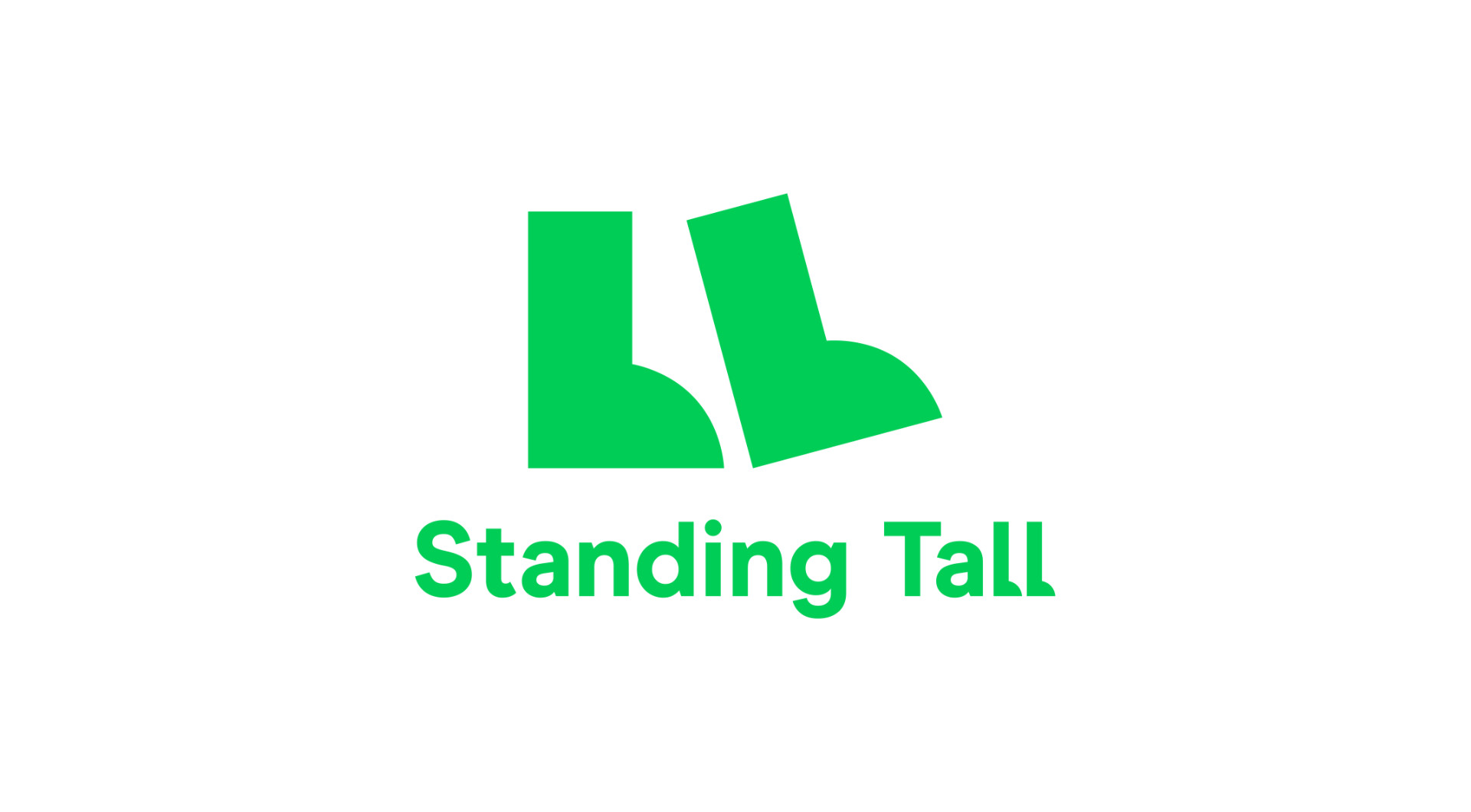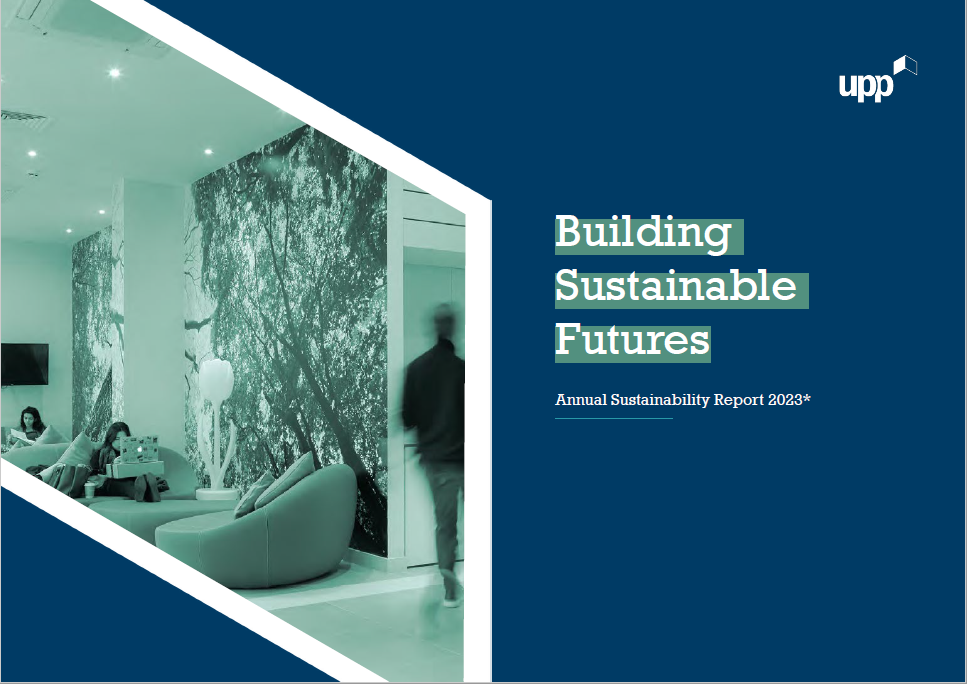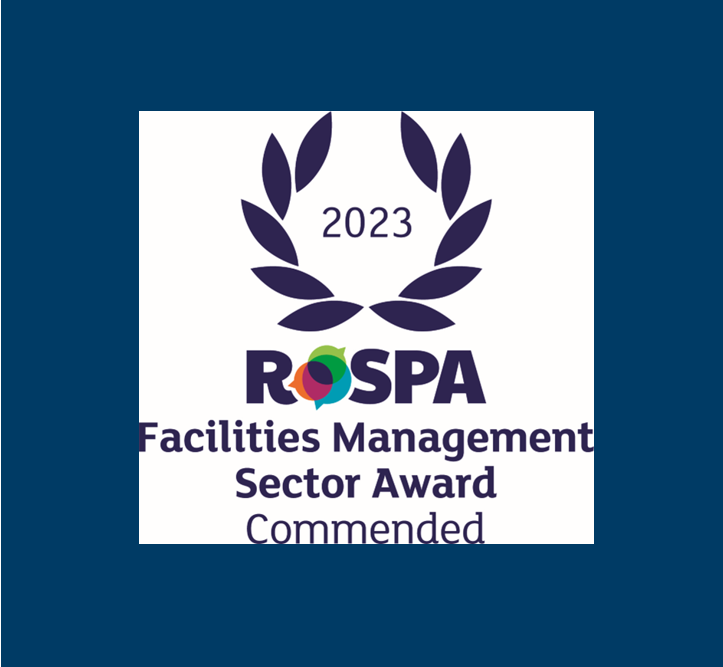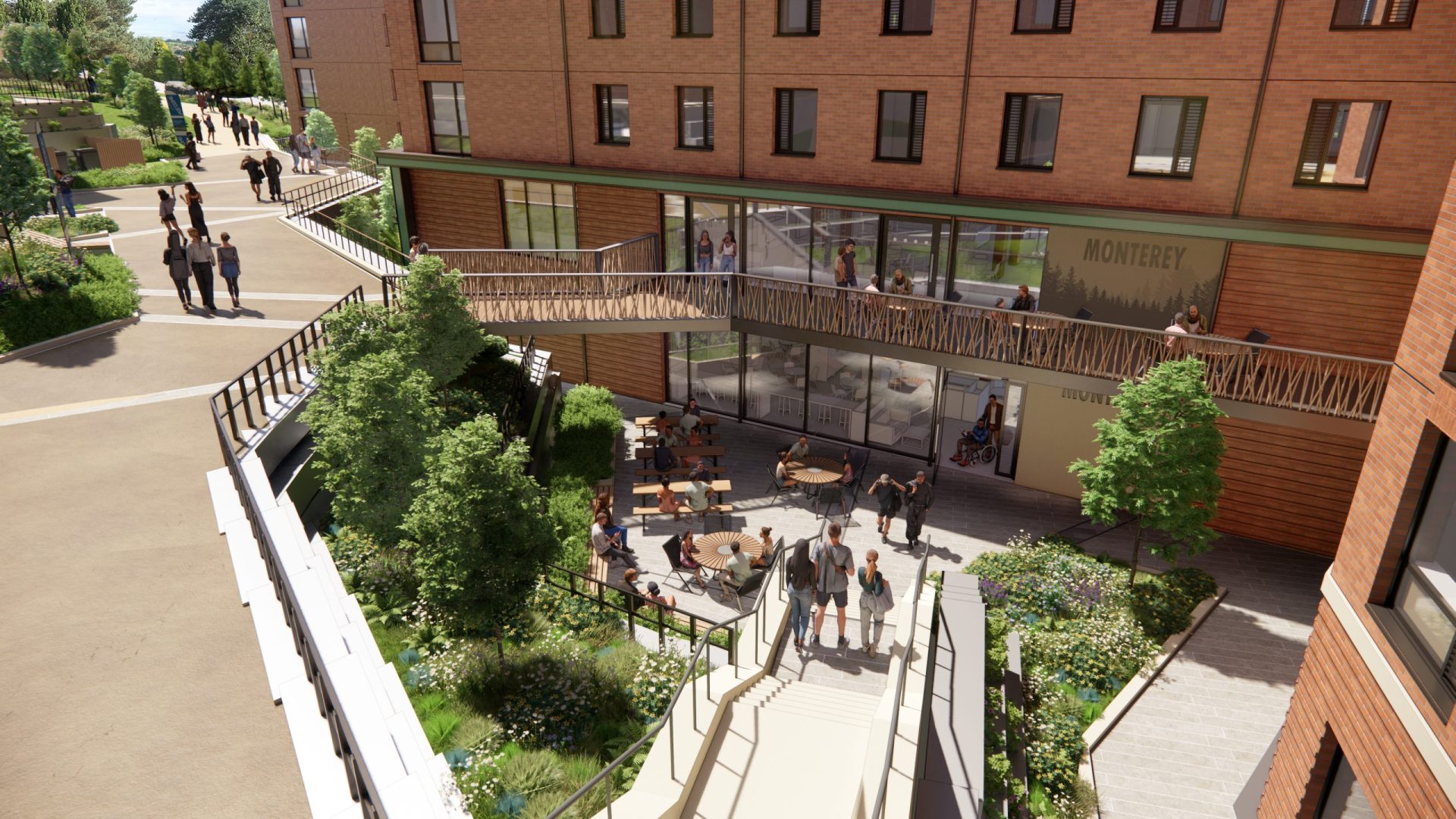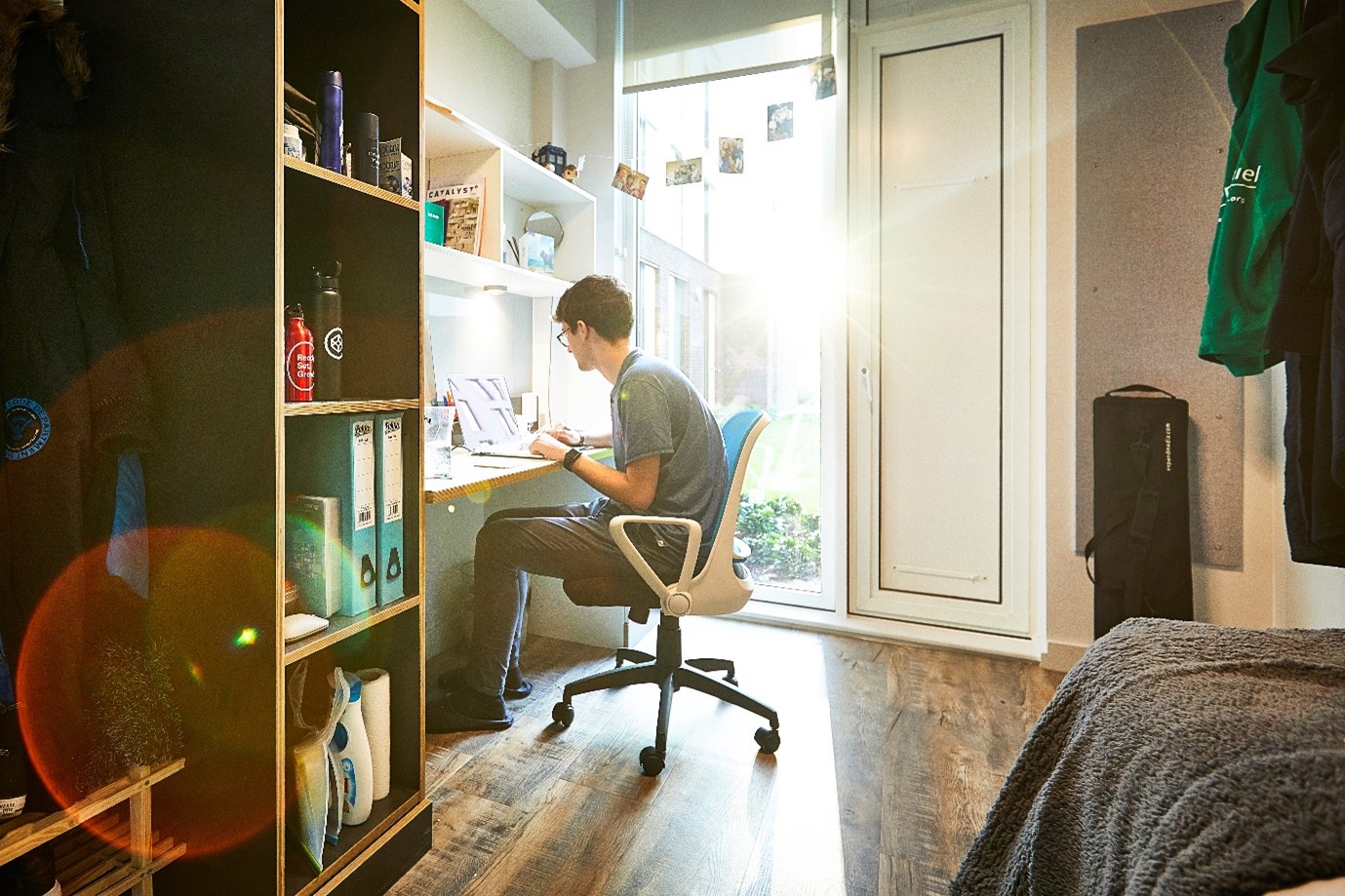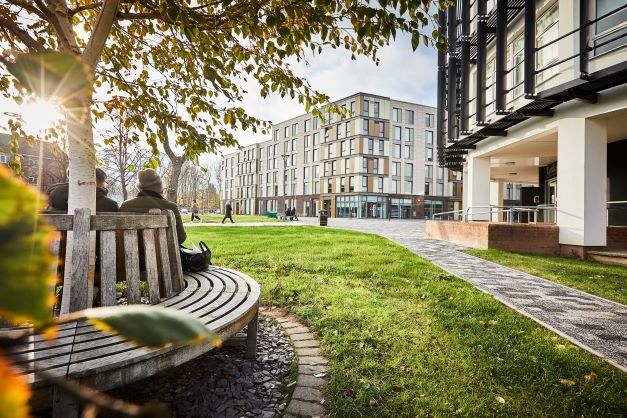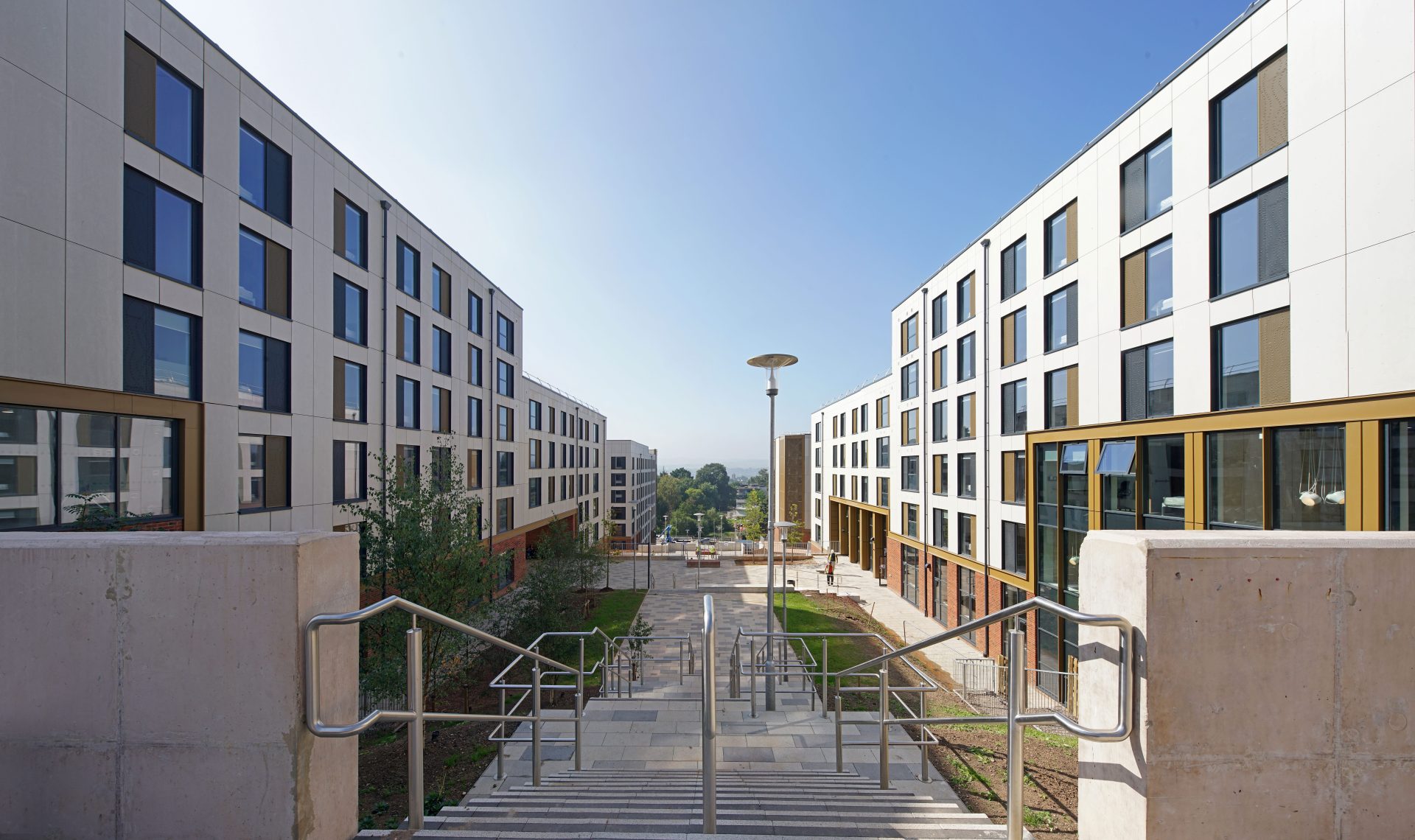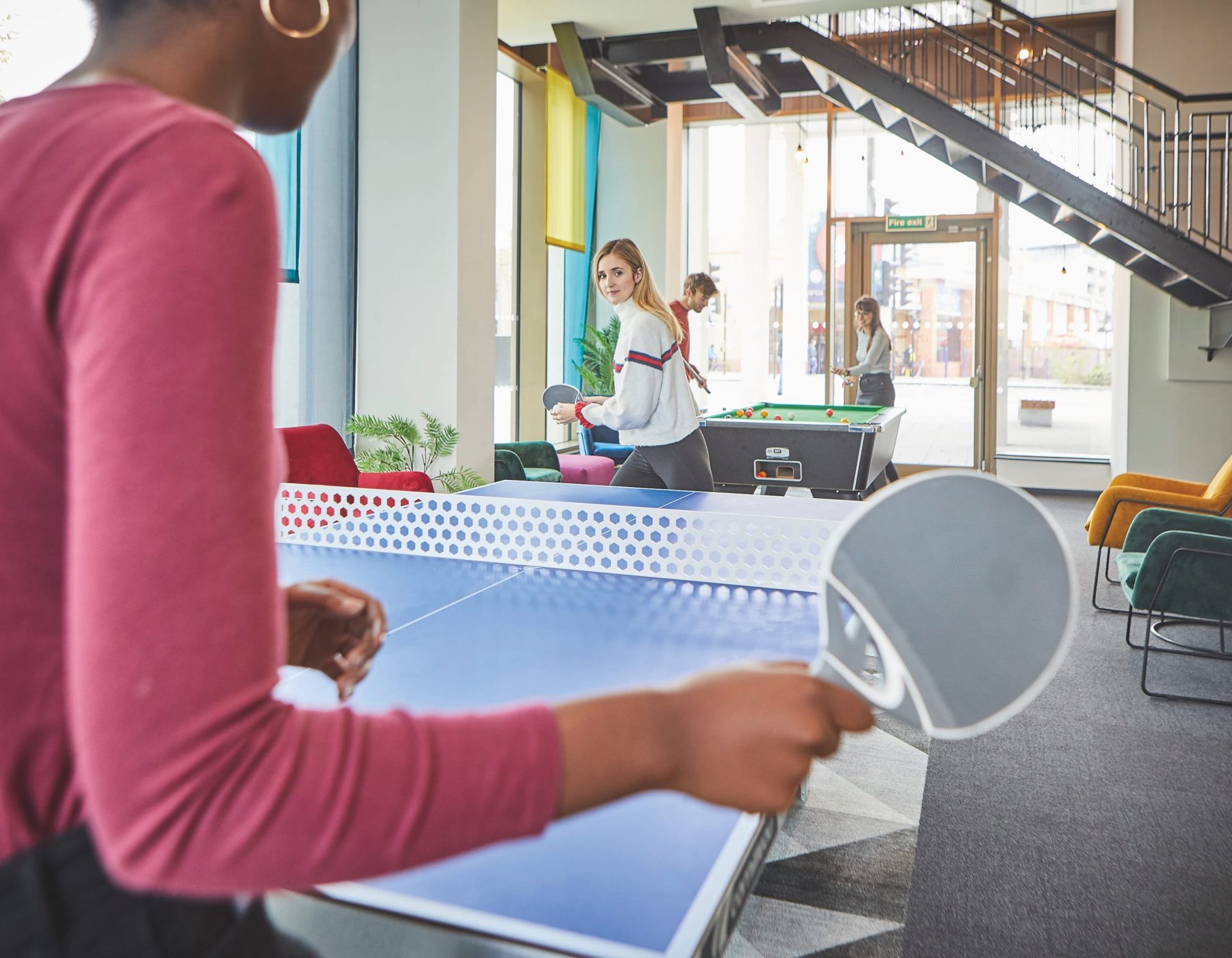As UPP and The Property Marketing Strategists move through a series of research pillars in partnership, we review the latest webinar – focused on the pillar of sustainability
Gen Z is already disrupting worldwide views and movements. As they move into the student population and working world, we can expect to see great change influenced by their values, beliefs, and expectations.
Student living tends to be the first taste of living independently for many, so for Gen Z, we wanted to discuss what that picture might look like. Particularly how those in the accommodation sector can pivot their models to suit this new wave of tenants who prioritise sustainability, wellbeing, affordability, community, and technology.
This episode was hosted by Sarah Canning and Deenie Lee from The Property Marketing Strategists with guest panellists Benjamin Hall, founder of LOFT, Brendan Geraghty, CEO of the UKAA, Rosanna Lawn, consultant within the build environment, Jason Clarke, Head of Energy and Environment for UPP, and Michelle Carville, Author of Sustainable Marketing.
This impressive panel promises to give us greater insight into how investors, developers and operators can bring together the unique values of Gen Z, not only into their accommodation, but into their marketing and communications.
ACCREDITATIONS
One of the focal points of the discussion was centred around accreditations. As Sarah pointed out, there is a big difference between accreditation from a build perspective, versus what impacts the customers. How do we address that balance and not lose sight of what directly impacts customer living?
Jason commented that it’s often the myriad of accreditations at the forefront of a developer’s mind, rather than what actually living in the space means. This could prove to be a potential gap in customer satisfaction. As Jason recounted, he was part of an exercise where a number of architectural partnerships were invited to design what should be the future of student accommodation moving forward. One of the biggest ideas to come from that was the circular economy. Developers need to consider how they will build that sort of circularity into the way they design spaces. This isn’t often picked up in the different criteria that comes with accreditation, so could be a missed opportunity if developers are too concerned with accreditations, losing sight of the bigger picture.
Interestingly, Rosanna went on to comment on how these designs fit into the wellness factor. Speaking of a colleague’s recent work, she reviewed some research into the social side of ESG. Working with a development director who had hit all of the criteria for the accreditations, it later transpired that some of the feedback related to mental health and high suicide rates revealed that the designs did not actually help with those wellness factors, and could alarmingly, have a negative effect on the suicide rate of the university.
Benjamin introduced the impact on the environment the actual build has, “If you go back a step, and go through the entire construction process, that’s where the majority of the environmental impact comes in.” The panellists went on to discuss how young people will see how the building is constructed and take their lead from that. Despite meeting building regulations, the lifestyle impact may still be someway off being relatable to the customer. Michelle added “there should be a responsibility by the construction organisation, or the brand that is building that particular building to make sure that everything in their supply chain is as it needs to be so that so that when they’re then marketing the building, it’s not a version of the truth. It’s just the truth.”
There are incredibly influential factors in a build design which can impact our mental health, from window positioning, lighting, and access to communal space. These factors surrounding mental wellness need to be more integrated into how we view sustainability and build for it.
Brendan Geraghty: “Compliance doesn’t necessarily translate to a good experience.”
Brendan also added some comments pertaining to the user experience. “Planning is going to have to become more sophisticated.” Accreditations should become more complete from a user experience perspective, taking into account the wellbeing experience, and general sustainability.
EDUCATION
Rosanna brought up the educational side of sustainability, which is interestingly, not talked about a lot. “I feel we have failed our consumer in helping educate them in how to live a more sustainable life.”
It’s one thing to implement more sustainable features into a build, such as second hand, upcycled furniture. But from a behavioural perspective, the sustainability agenda comes from individual actions and behaviours. And how are buildings handed over from developer to operator?
As Brendan elaborated, “Every building is unique and every building resident is unique. And they have the responsibility to create those more specific points of evaluation in how the performance of the building will be built to drive that interior, the understanding of the customer experience and the value of that into our development process and hopefully we will improve as things go forward.”
Michelle revisited this point with some comments about balancing the people, profit triangle. Most of the accreditations and green labels don’t mean anything to the end consumer. This highlights the importance of the handover and that education that Rosanna touched on. As Michelle pointed out, if you’ve got the ethical environmental elements right, you need to go one step further in building a building that is actually desirable for people to live in, aligning with the needs of the audience.
Benjamin cited the importance of understanding the difference between recycling and using recycled materials “It’s not just about do you recycle. It’s about is your product recyclable? And that’s two different things. If you’ve got a product that’s actually designed to be recycled at the end of its life, whether that’s a tabletop or a chair seat, or a sofa or a mattress, we’re getting asked for us to present these types of products that are sustainable more and more.”
Sarah touched on some recent research which revealed further innovative ideas making their way into building design such as biophilia, allowing residents to grow their own produce. Does this hint at the bigger picture of what living sustainability might actually look like and what expertise may be needed from the workforce?
Michelle Carvill: “How you operate and live in that building should be aligned with how you would want to live anyway.”
AFFORDABILITY
Jason Clarke: “It should be a given. The place you move into should be sustainable – it shouldn’t be an add-on.”
The general consensus from the discussion was that people don’t want to pay for sustainability, but there is a real need for the additional cost. Eventually those costs will decrease as sustainable living allows us to live more cheaply, using more affordable solutions. While this is innovative, the affordability aspect poses a great issue, especially for cash-strapped students.
Students do not expect to and shouldn’t be penalised because they prefer a more sustainable life. But unfortunately, there are costs that come with building more sustainable regulations.
Some interesting points raised during this discussion were centred around communicating that message to students. How do we take seemingly boring information and turn it into something relatable? For example, lowering carbon emissions, affecting climate change, materials, and goods. When we broaden that messaging, we can get young people to actively change their behaviour in line with that education.
Rosanna offered some points, “We need to start talking to them in a way they understand and use their language.” This would enable us to communicate the improvements more effectively. Just like Ryaniar talks about offsetting, it’s easier for customers to understand how their individual actions are impacting the planet from a sustainability perspective.
Michelle elaborated on this point with some comments about recent literature and reports focusing on how we can inspire green consumer choices in a more relatable way. Numbers, she says, just go over people’s heads. We need to measure success and value and communicate that back to people, because otherwise there will be questions about where the extra money is actually going.
Brendan Geraghty “As an accommodation or student accommodation provider, it’s very difficult for us to say, you can live in this accommodation but it’ll be more expensive because it’s sustainable.”
PEER LIVING
Sarah revisited some of the research findings, “We asked students in our research if they would like to live with environmentally sound people in shared living communities. And more than half said yes, but this isn’t something that we’ve seen people asking.”
Jason pointed out that there is a lot of competitive research showing that by measuring your performance against others, you’re more likely to act more sustainably. Is there scope for campaigns centred around peer living? For example, if you know a housemate is recycling at X rate, are you more likely to increase your recycling to match theirs? The data certainly hints at this becoming a possibility. There is also potential for students to change behaviour if they are acting as a community, with roommates. Particularly if this plays a part in affordability and shared bills.
As Sarah reiterated, more than half of students said they would consider installing energy metres to track flatmates’ usage. This concurs with Jason’s points about competitive nature or is this purely about cost?
Individual energy metering would be extremely useful for providers and their portfolios as it would enable them to get an idea of consumption per room. This could be really valuable in identifying individual provisions and messaging. Smart technology would definitely enable us to respond to things more quickly.
Michelle pointed out how useful this kind of research is in diversifying that messaging. “It’s a wonderful marketing communications proposition for a building to say that your energy usage is going to be cheaper in our building and we’re going to save you money, because of these sustainable aspects.”
Perhaps one of the most crucial points to come from this is how we bring consumers along with us in the process, getting them involved, and communicating honestly.
There is a balance to be had between affordability with sustainability, but there needs to be honest and transparent conversations along the way to help facilitate that change. Gen Z are switched on. They are aware of the climate crisis – perhaps more than any other generation. And while cost is important to them, the longer-term impact of their behaviours perhaps plays a bigger part.
We cannot deny the impact of affordability. Paired with inflation, everyone is looking for ways to reduce their living costs. But one of the biggest barriers to sustainability on mass is consumer behaviour. The BTR and PBSA sectors have a huge responsibility in facilitating better behaviours that promote long term sustainable living, and eventually lower costs.
The industry needs to move forward together to promote better energy consumption, circularity, and innovate products so that they perform better, on a larger scale. Everybody needs to take responsibility if we are to implement serious change within the future of student living.
There were certainly many interesting points to unpack here. If you would like to view the full webinar, you can do so here.



